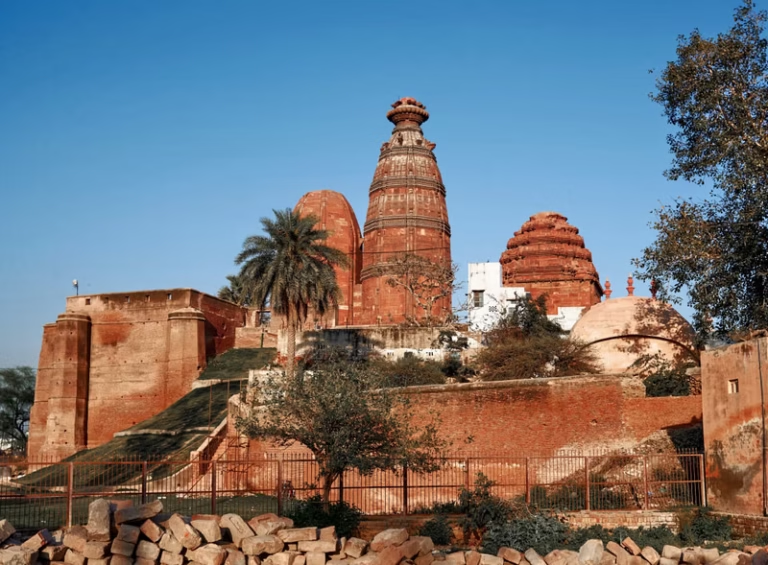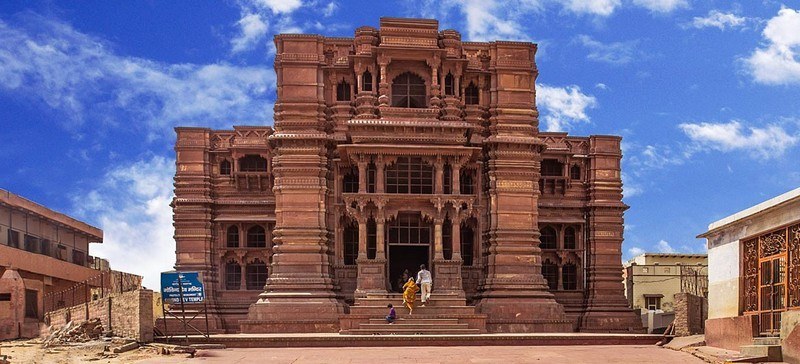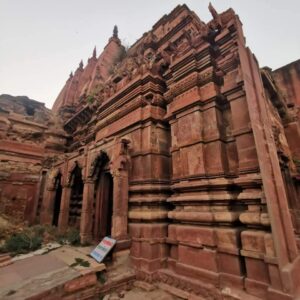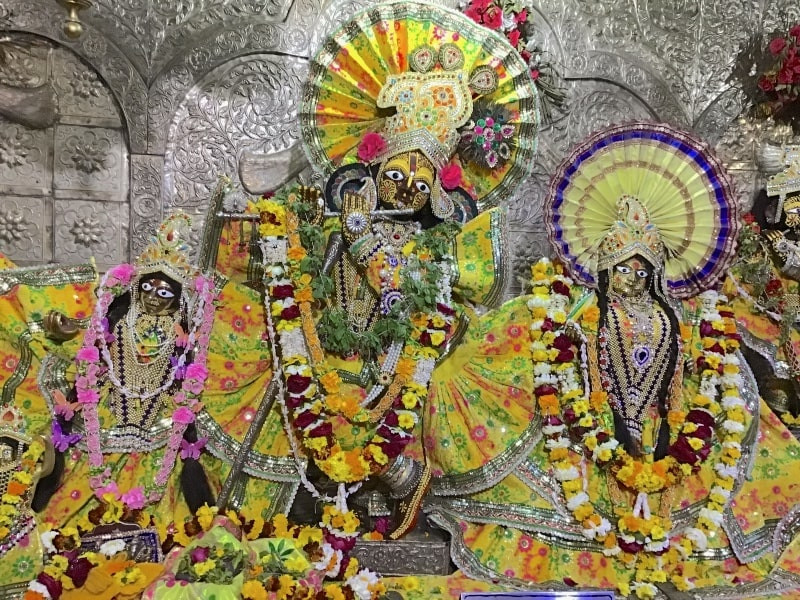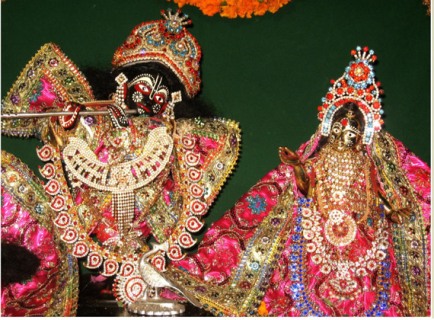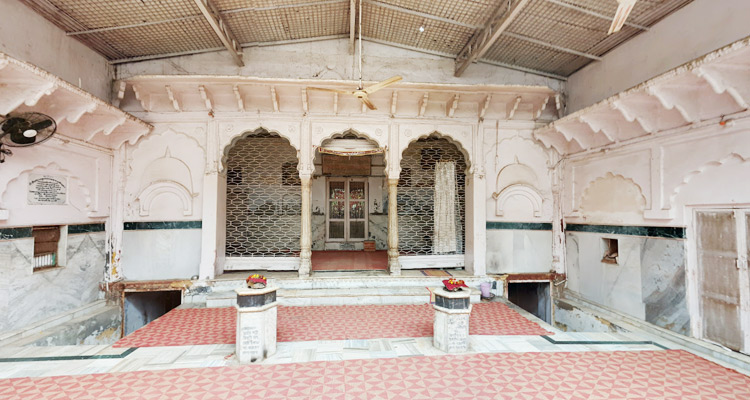
Close

These are not just temples. They are the original shrines built by the Goswamis themselves — where Radha and Krishna live, not in memory, but in divine presence.
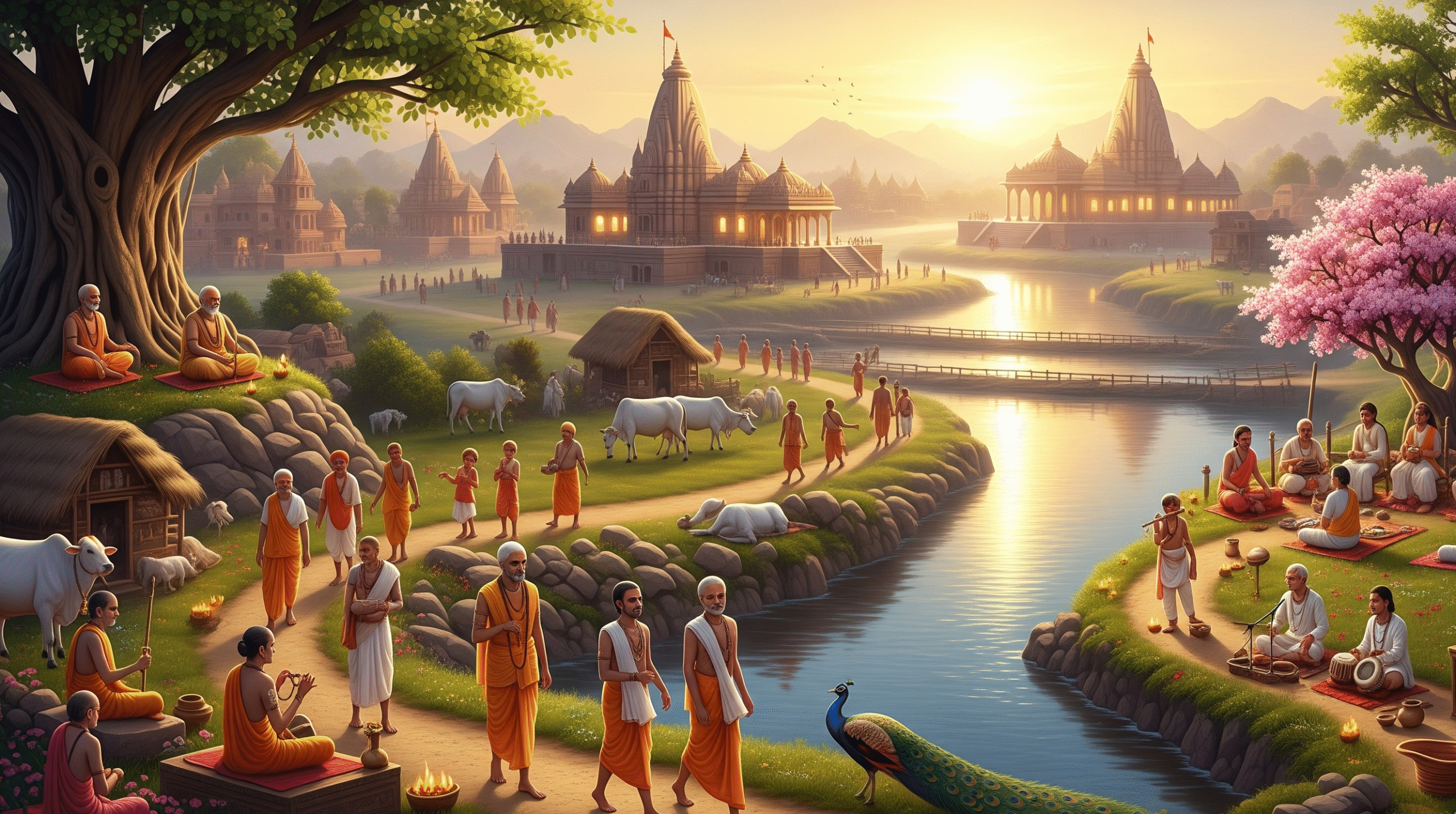
During the 15th–16th century, the six Goswamis of Vrindavan, under the guidance of Chaitanya Mahaprabhu, unearthed and established seven sacred temples dedicated to Radha-Krishna. These are not just sites. They are the very centers of Gaudiya Vaishnavism and hold divine shakti even today. Every devotee of Braj must, at least once, perform darshan at all seven.
